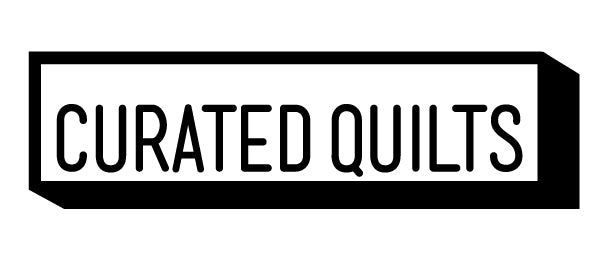“Improv is spontaneous, and therefore repetition is impossible. The imperfect lines and unusual patterns used in improv are created on the fly and any attempt to cut and sew them again in the exact same way would be impossible.” -Teresa Duryea Wong
The history of improv quilting is complicated. Though improv was popular among some African-American quilters in the 19th and 20th centuries and many people attribute the development of improv to African-Americans, it is an oversimplification. Many quilters of different ethnicities have been drawn to creating improvisations quilts for hundreds of years.
Fall in the Falls by Timna Tarr
This quilt is one of many map quilts that Timna Tarr is known for. Each piece of fabric represents a property lot in her neighborhood. She created a paper-piecing template for each town block and used a combination of piecing and applique to sew the blocks together with striped streets. Fall in the Falls exemplifies the ways in which we are surrounded by improvisation daily in our neighborhoods, towns, and cities. A neighborhood often begins with a plan, but as a place grows, it becomes an eclectic merging of diverse styles, shapes, colors, and people.
Trail Blazers by Sherri Lynn Wood
Sherri Lynn Wood learned a lot about how to ‘make-do’ with what she had on hand during her time at the Recology Artist in Residence in San Francisco. Her quilting resources were limited to what she could find at the city dump. Instead of cutting up found fabrics into squares and strips, she let the shapes of the clothing guide her up-cycled creations. One of the compelling things about this piece is that despite being sewn together in an improvisational manner, Trail Blazers uncharacteristically emits a sense of abstract minimalism. Wood encourages others to share their own up-cycled quilt projects at #makedoquilt on Instagram.
3-2-1-1 by Beth Houck Shutty
Three jackets, two ties, one dress, and one sheet were used to make this quilt. It was made for Sherri Lynn Wood’s ‘Make-Do Challenge.’ It shows that when approaching an improvisational project, strength is found when rules and boundaries are put in place. These constraints can be used to create a sense of unity in an improv quilt. In addition to the restraint of using up-cycled clothing for her materials, Shutty’s limited color palette and use of black and white stripes throughout creates movement and cohesion.
Quilt No. 16 by Skye Rayburn
When creating Quilt No. 16, Skye Rayburn wanted to use fabrics not usually found in quilts; this included striped Turkish towels, drapery fabric, and cotton utility fabric. Rayburn worked almost exclusively with simple square shapes but her fabric combinations and the tassels used yield a texture reminiscent of a rug you might find at an Indian market.
Bear Fence by Maria Shell
One way to create grounding in improv quilts is to use traditional quilt patterns as a launching point. In Bear Fence Maria Shell used the Courthouse Steps pattern as a source for inspiration. Shell likes to ask herself how she can get color to vibrate. She also likes to ask, ‘What would happen if a traditional bed quilt ate a healthy dose of psychedelic mushrooms?’ I think the result for the person sleeping under this particular quilt would be some pretty wild dreams.
Supply is limited, but back-copies of Curated Quilts: ‘Improv’ are still available! Find these quilts and more when you purchase Curated Quilts: ‘Improv’.
